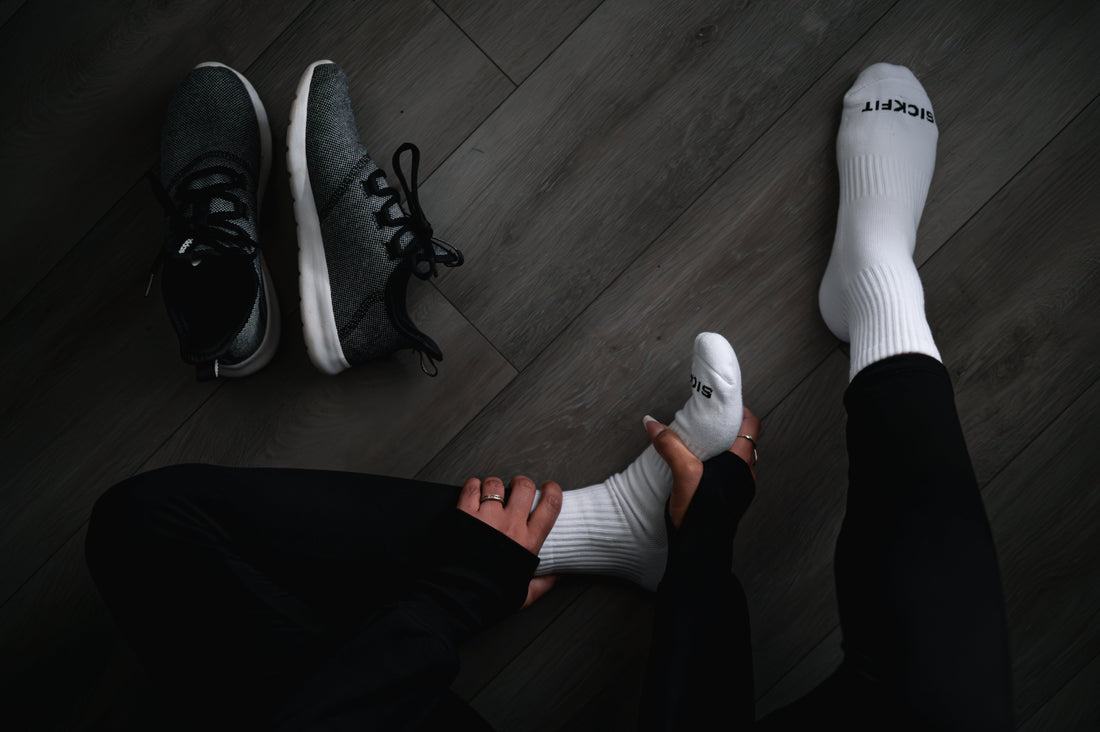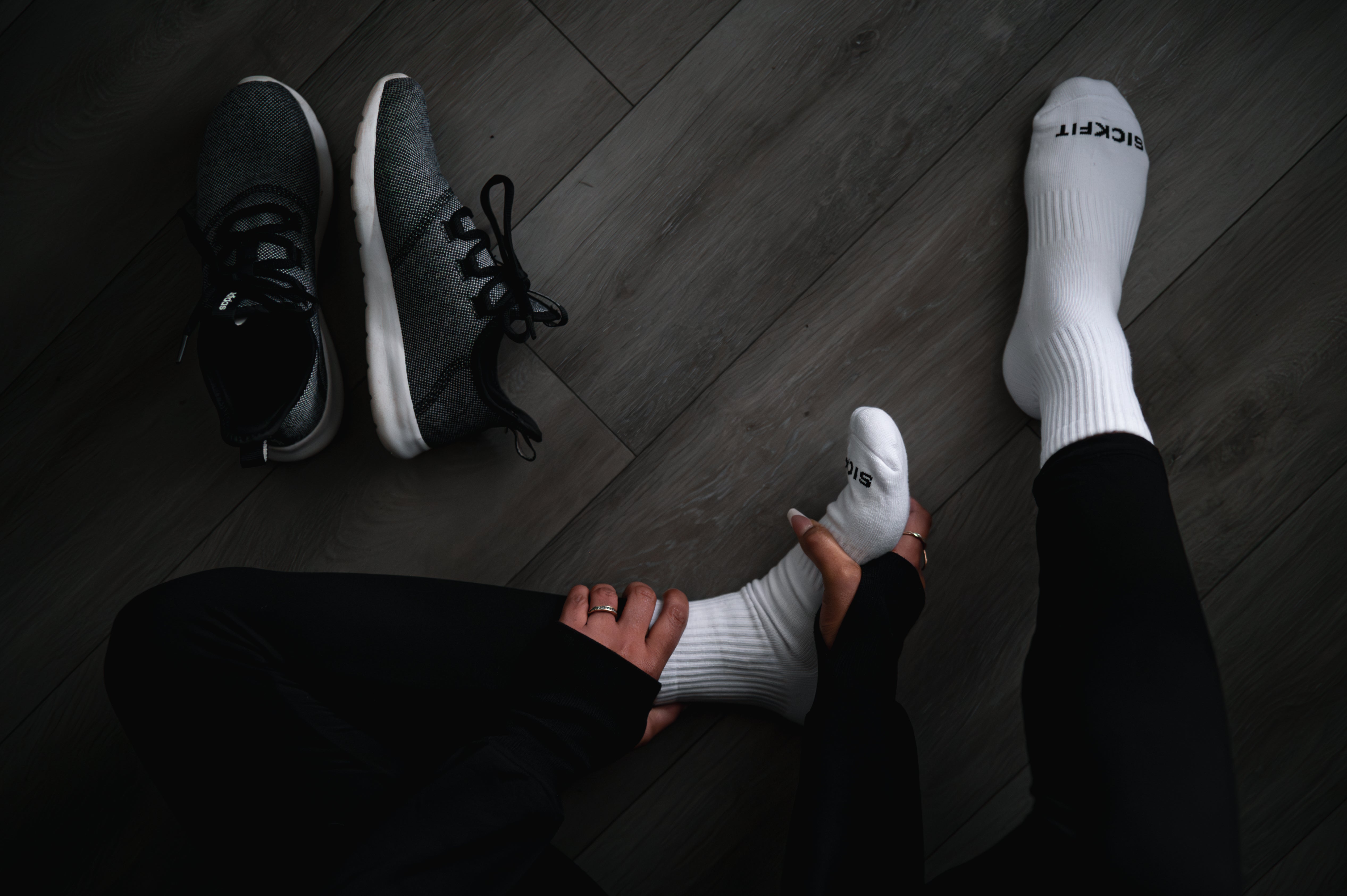When was the last time you thought about your feet? It’s easy to take them for granted, but your feet are the unsung heroes of your everyday life. They carry you through your busiest days, toughest workouts, and longest adventures. Yet, foot health often takes a backseat—until something goes wrong.
Let’s talk about how prioritizing foot care can transform the way you move, live, and thrive.
What Is Plantar Fasciitis?
Plantar fasciitis is one of the leading causes of heel pain, affecting 1 in 10 people at some point in their lives. It occurs when the plantar fascia—a thick band of tissue along the bottom of your foot—becomes inflamed or strained.
Common Symptoms
-
Sharp pain in the heel, especially during your first steps in the morning.
-
Discomfort after long periods of standing, walking, or intense activity.
-
A tight, achy feeling in the arch of your foot.
What Causes It?
Plantar fasciitis can develop from:
- Standing for long periods without proper support.
- High-impact activities like running or jumping.
- Wearing unsupportive shoes or socks that don’t provide enough cushioning or arch support.
Fast Facts About Plantar Fasciitis
- It’s Common: Plantar fasciitis is one of the most frequent causes of heel pain, impacting 1 in 10 people at some point in their lives. While commonly associated with athletes, it also affects individuals with sedentary or physically demanding lifestyles. Its widespread occurrence highlights the need for preventative measures and proper foot care.
- Your Lifestyle Matters: Standing for long hours, engaging in high-impact workouts, or wearing unsupportive footwear can significantly strain the plantar fascia. Prolonged stress on the feet leads to inflammation, particularly when recovery or proper support is lacking. Adjusting daily habits, such as incorporating rest and selecting better footwear, can minimize the risk.
- Arch Support Is Key: Arch support redistributes pressure evenly across the foot, alleviating strain on the plantar fascia. Proper support maintains natural foot alignment, reducing the risk of overpronation or supination. Investing in quality insoles or footwear is essential for both pain relief and long-term prevention.
- Morning Pain Is a Sign: Sharp heel pain in the morning is a classic symptom of plantar fasciitis caused by the overnight tightening of the plantar fascia. The first few steps after rest stretch the inflamed tissue, triggering discomfort. Gentle stretching before standing and using supportive footwear can help mitigate this pain.
The Role of Socks With Plantar Fasciitis
High-quality socks are a game-changer for plantar fasciitis management. SickFit’s innovative designs emphasize durability, comfort, and targeted health benefits, including:
- Arch Support: Reinforced zones alleviate strain on the plantar fascia.
- Enhanced Circulation: Compression zones boost blood flow and reduce inflammation.
- Moisture Control: Wicking materials keep feet dry and irritation-free.
Your Foot Health Checklist for January
Start your year with small, intentional steps to improve your foot health:
- Stretch Daily: Loosen up your plantar fascia with simple stretches.
- Choose the Right Socks: Invest in socks that support your feet—like SickFit’s Essential White Crew Socks.
- Upgrade Your Shoes: Look for footwear with proper arch support and cushioning.
- Rest and Recover: If you feel pain, don’t push through it—give your feet time to heal.
- Stay Consistent: Like any habit, regular foot care will make a lasting difference.
Stay Tuned for Next Month
In February, we’ll dive into the role of socks in preventing blisters and keeping your feet comfortable during long workouts. Until then, take care of your feet—they’re your foundation for everything.








